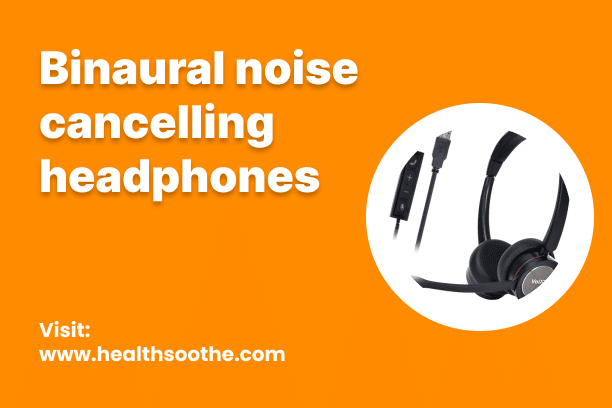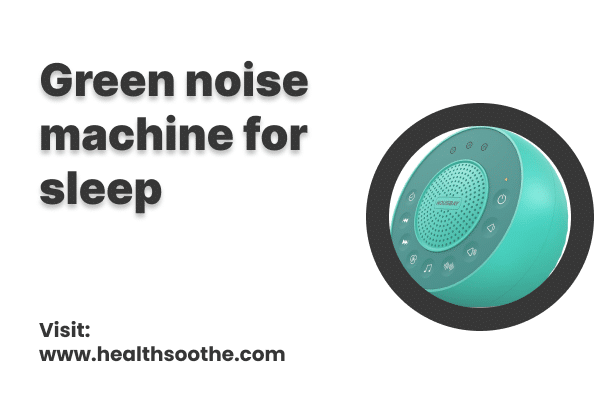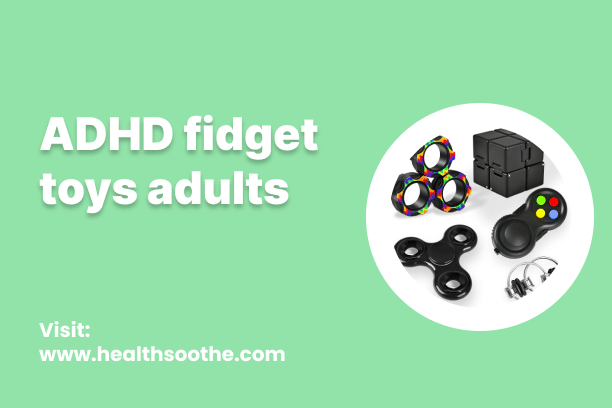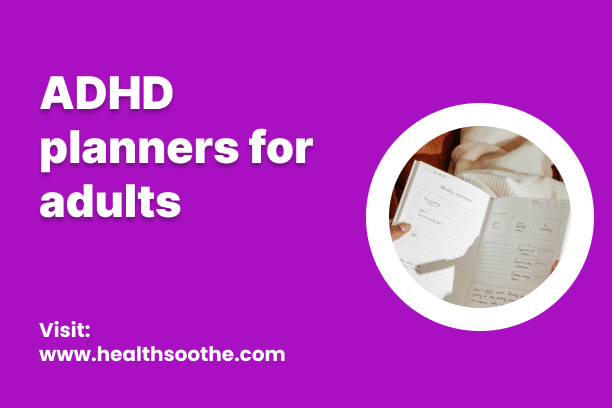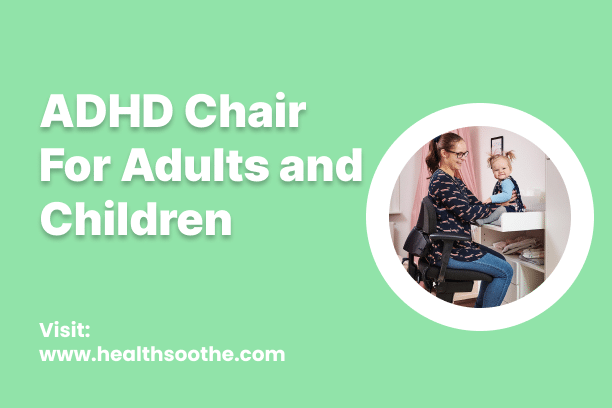Binaural noise refers to the sound that reaches each ear separately, creating a sense of direction and space in the perception of sound.
Binaural noise is the auditory experience generated when distinct sounds reach each ear individually, contributing to the perception of directionality and spatiality in sound perception.
Your Brain and Binaural Beats
Your brain perceives the combination of the two tones as a unique beat. These tones synchronize with your brain’s natural rhythms to create a beat with a distinct frequency, determined by the difference in hertz (Hz) between the tones.
For instance, if you hear a 440 Hz tone in your left ear and a 444 Hz tone in your right ear, you’ll experience a 4 Hz beat.
Listening to binaural beats causes your brainwaves to sync with this beat, known as the frequency-following effect. This phenomenon enables you to use binaural beats to guide your mind into specific mental states.
The superior olivary complex, located in the brainstem, plays a crucial role in processing sound input from both ears. It responds to close-frequency tones by generating a binaural beat, altering brainwave patterns. This synchronization of neural activities across the brain is termed entrainment.
Entrainment is not exclusive to binaural beats but is a fundamental aspect of brain function. Some researchers suggest that certain binaural beats can enhance or inhibit specific brainwave strengths, influencing cognitive and emotional functions.
How do binaural beats work?
For the brain to detect binaural beats, the tones must be at frequencies below 1,000 hertz (Hz). The perceived binaural beat is the difference in frequency between the waves entering the left and right ear.
For instance, if the left ear hears a tone at 200 Hz and the right ear hears one at 210 Hz, the resulting binaural beat is 10 Hz, which is the gap between the two frequencies.
According to a 2018 study, listening to binaural beats for a recommended duration can impact a person’s subsequent behavior and sleep cycles.
The study outlines five frequency patterns:
- Delta pattern: Binaural beats in the delta pattern range from 0.5 to 4 Hz and are associated with dreamless sleep. The study showed that exposure to delta pattern frequencies during sleep led to a deeper sleep stage, as indicated by EEG brain scans.
- Theta pattern: Binaural beats set in the theta pattern oscillate between 4 and 7 Hz. Theta patterns are linked to enhanced meditation, creativity, and REM sleep.
- Alpha pattern: Binaural beats in the alpha pattern range from 7 to 13 Hz and are thought to promote relaxation.
- Beta pattern: Binaural beats in the beta pattern fall between 13 and 30 Hz. This frequency range may aid concentration and alertness, although higher frequencies within this range could induce anxiety.
- Gamma pattern: Frequencies in the gamma pattern range from 30 to 50 Hz. The study suggests that these frequencies help maintain arousal levels during wakefulness.
Read Also: 5 Myths About Pregnancy Debunked by Medical Experts
Pros and Cons of binaural noise
Pros:
- Mental State Enhancement
- Stress Reduction
- Meditation Aid.
- Improved Sleep
- Accessibility
Cons:
- Lack of Scientific Consensus
- Individual Variability
- Potential Negative Effects
- Not a Substitute for Professional Treatment
- Quality and Source
Differences Between binaural noise and Brown noise
Binaural noise: Binaural noise is often used to create binaural beats, which are believed to influence brainwave patterns and mental states such as relaxation, focus, or meditation.
Brown noise: Brown noise is often used in sound masking applications, such as creating a soothing background sound to block out distractions or promote relaxation.
Alternative to binaural noise
White Noise:
White noise is often used for sound masking, helping to block out background noises and create a consistent auditory environment. It can be beneficial for improving focus, aiding in sleep, and reducing stress.
Types of Brain Waves That Affect Binaural Beats
Your brain’s neurons communicate through electrical signals, shaping thoughts, emotions, and behaviors. This communication leads to synchronized activity, generating brain waves that can be measured using electroencephalography (EEG), where electrodes on the scalp record these electrical signals.
Brain waves vary from low frequency and high amplitude to high frequency and low amplitude, resulting in the creation of binaural beats that induce different mental states and impact the brain in various ways.
There are five primary types of brain waves:
- Delta Waves (1-4 Hz): Delta waves represent the lowest frequency state and are associated with:
- Deep sleep
- Healing and pain relief
- Meditation
- Anti-aging effects such as cortisol reduction and DHEA increase
- Access to the unconscious mind
- Theta Waves (4-8 Hz): Theta waves are linked to:
- Meditation
- Deep relaxation
- Enhanced creativity
- Alpha Waves (8-14 Hz): Alpha waves foster a focused and productive state of mind, aiding in:
- Relaxation and focus
- Stress reduction
- Positive thinking
- Improved learning abilities
- Flow state engagement with activities and the environment
- Beta Waves (14-30 Hz): Beta waves, being higher in frequency, contribute to:
- Sustained attention
- Analytical thinking and problem-solving
- Energy stimulation and action
- High-level cognition
- Gamma Waves (30-100 Hz): Gamma waves, with a frequency higher than beta waves, are associated with:
- Enhanced cognitive function
- Attention to detail and improved memory recall
- Creative thinking processes
Benefits of Binaural Beats
The clinical research on binaural beats is limited, and there is conflicting and inconclusive evidence regarding the frequency-following effect. Before considering binaural beats for any health-related purposes, it’s crucial to consult with a healthcare professional.
That being said, some potential benefits attributed to binaural beats include:
- Increased creativity and cognitive enhancement.
- Reduced anxiety levels and improved mood.
- Facilitating entry into a meditative state.
- Enhancing sleeping patterns.
- Improving focus, attention, and memory retention.
While these benefits are often discussed anecdotally, rigorous scientific evidence supporting these claims is still lacking. Therefore, it’s important to approach binaural beats with caution and seek guidance from a healthcare provider if considering their use for health-related reasons.
Side Effects of Binaural Beats
Some studies have associated binaural beats with increased feelings of depression. Additionally, individuals who have listened to binaural beats reported experiencing short episodes of anxiety, anger, and confusion, albeit these feelings were temporary.
However, the research on binaural beats as a standalone medical treatment remains inconclusive. It’s important to note that binaural beat therapy should not replace conventional therapy but could be considered as a complementary approach after consultation with a healthcare provider. Research suggests that binaural beats can positively impact mental health by fostering positive emotions.
Since many binaural beats are readily accessible, individuals may have varied reactions to them. It’s essential for individuals to explore different binaural beats to find those that suit them best. The effectiveness of binaural beats is subjective and varies from person to person. While some individuals may find them effective, others might find them irritating or unproductive.
Conclusion
The concept of binaural noise encompasses the intricate relationship between auditory stimuli and brainwave synchronization. While binaural beats offer potential benefits such as increased creativity, improved mood, and enhanced focus, it’s essential to approach their use cautiously. Research into binaural beats as a therapeutic tool is ongoing, and findings regarding their efficacy and potential side effects are mixed. Individuals considering binaural beats for mental health or cognitive enhancement should consult healthcare professionals, as individual reactions to these beats can vary widely. Ultimately, further research and understanding are needed to fully grasp the impact and applicability of binaural noise in various health and wellness contexts.

